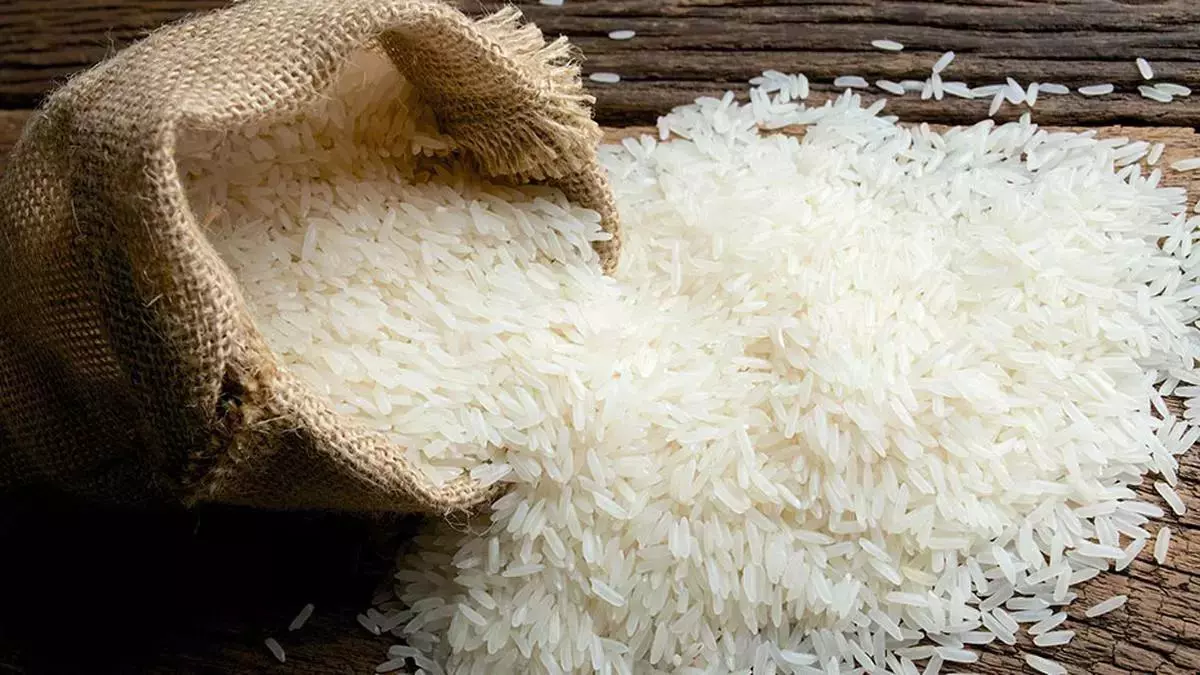Why Indian exporters favour bulk rice shipments over consumer packs
Indian rice exporters’ reluctance to pay “slotting charges” for space in the shelves of global retail giants such as Walmart, Tesco, Carrefour, Metro, Schwarz and Kruger is stopping them from earning more, particularly through packaging and labelling, experts in the sector say.
Challenges such as adhering to food safety regulations in the importing country, managing sales and distribution expenses, as well as accounting for margins for wholesalers and retailers, contribute to the preference for bulk shipments of Indian rice over consumer packaging, they said.
According to studies undertaken on the type of importers of Indian agri produce, the role of local distributor-cum-importer in wholesale handling of Indian agricultural and food products in developed countries such as Europe and the US with access to retail chains is negligible.
Expenses for shelf space
“This is one reason why Indian exporters settle for bulk shipments of rice, say the Sona Masuri variety, at $550 a tonne, whereas the cereal is sold at retail outlets abroad at nearly thrice the exported price,” said a trader, who did not wish to be identified.
Trade sources said expenditure for an Indian exporter looking to gain shelf space abroad begins from loading and unloading charges at home. Then comes handling charges abroad, customs duty, transportation to warehouses, shifting to wholesale and retail outlets and paying margins for wholesale and retail traders will result in the prices doubling at the consumer’s side abroad.
“Compared to these expenditures, an exporter would settle for a 3 per cent profit margin by opting to deliver rice in bulk free-on-board,” said S Chandrasekaran, a Delhi-based trade analyst.
“Not all rice importers sell the grain at retail outlets. African countries buy from India and distribute it directly to their citizens,” said BV Krishna Rao, President, The Rice Exporters Association (TREA).
Other difficulties
With Indian exporters facing a lot of competition from within and abroad, they find it convenient to sell in bulk. “At the most, we ship in 25-kg bags. Anything less will increase our handling charges,” Rao said.
Exporters also face problems from buyers abroad, who do not want the shippers to know the identity of the retail chain buying the produce, said M Madan Prakash, President, Agri Commodities Exporters Association (ACEA).
“Many want to pack rice in consumer packing at the port of delivery. There are regulations to be followed in those countries which only retailers are aware of. It is a handicap for us,” said Prakash.
TREA’s Rao said basmati rice is being exported in packages to countries such as the US and UK. This is primarily because of the status that the Indian fragrant variety enjoys.
“There are issues such as packages over 25 attracting GST, though exporters can get refunds. But it is a long drawn process that exporters prefer to avoid,” said Chandrasekaran.
White rice export ban
Also, Indian exporters will have to offer credit for 100 days to buyers abroad besides retail slotting and packaging charges.
Questions have cropped up why Indian exporters are not accessing retail outlets abroad directly after the Centre banned shipments of white rice from July 20.
The move, as part of the Centre’s efforts to control rising foodgrain prices and ensure food security within the country, resulted in retail prices of rice in US and Canada outlets trebling to about $45 for a bag of 20 pounds (9 kg) from $15.
